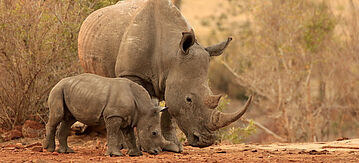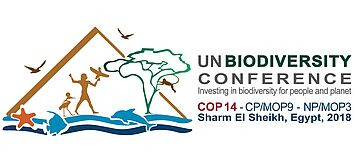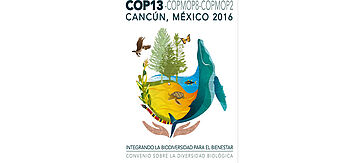The United Nations Convention on Biological Diversity
![[Translate to English:]](/fileadmin/_processed_/5/c/csm_papagei_kp_1200_1f5bab3d53.jpg)
The Convention on Biological Diversity (CBD), with currently 196 contracting parties, is the most comprehensive binding international agreement in the field of nature conservation and the sustainable use of natural resources.
Like the United Nations Framework Convention on Climate Change ( UNFCCC) and the United Nations Convention to Combat Desertification (UNCCD), the Convention on Biological Diversity (CBD) was opened for signing at the UN Conference on Environment and Development in Rio de Janeiro in 1992. Germany has been a party to the CBD since it entered into force on 29 December 1993. Within the German Government, lead responsibility for the Convention on Biological Diversity lies with the Federal Ministry for the Environment, Nature Conservation, Nuclear Safety and Consumer Protection ( BMUV).
The Convention has three overarching objectives:
- The conservation of biological diversity (genetic diversity, species diversity and habitat diversity).
- The sustainable use of biological diversity.
- The fair and equitable sharing of the benefits arising out of the utilisation of genetic resources.
The Conference of the Parties (COP) is the highest political decision-making body of the Convention. The last meeting of the Conference of the Parties (COP 15) was held in in December 2022 in Montreal, Canada. In the interval between COPs, the Subsidiary Body on Scientific, Technical and Technological Advice ( SBSTTA), the Subsidiary Body on Implementation (SBI) and other working groups and expert panels meet to discuss various thematic and work programmes of the CBD. The CBD subsidiary bodies each develop recommendations for decisions by the meetings of the COP.
Protocols of the Convention on Biological Diversity
To support implementation of the CBD objectives, two internationally binding agreements were adopted within the framework of the Convention on Biological Diversity.
The Cartagena Protocol, which was adopted in 2000 and entered into force in 2003, regulates the transboundary movement of living modified organisms (LMOs). The Nagoya Protocol was adopted in 2010 in Japan and entered into force in 2014. It establishes a legally binding framework for access to genetic resources and the fair and equitable sharing of the benefits arising from their use.








